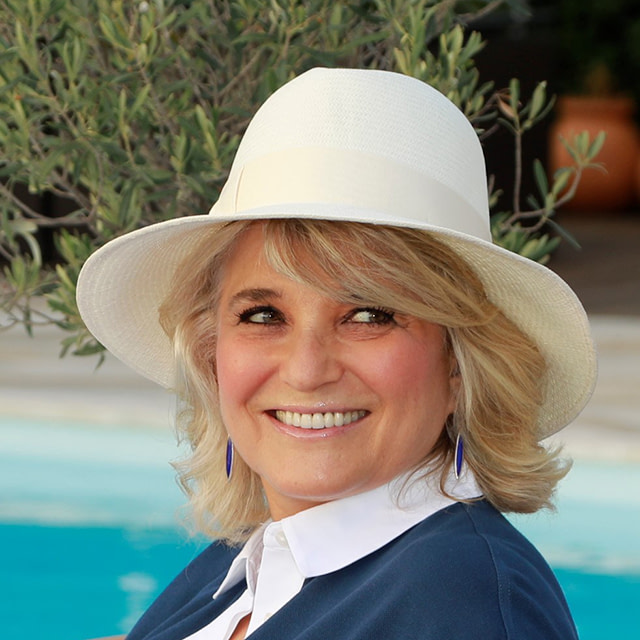
When it comes to diversification, some beginner investors get confused about the degree of diversification they need to maintain in their investment portfolios. After all, there are SO many choices out there!
And while diversification is a smart risk management strategy (and I talked about its benefits at length in the PART 1 of this Wealth-building mini-class series), this strategy must be approached wisely.
There is an old saying: “Everything has a front and a back.”
I find it true.
So, today I want to share with you the “back” of diversification, which is Over-diversification so that you’ll be aware of what NOT to do.
Over-diversification is a common mistake that can significantly decrease the returns from your investments compared to the risk of losses in your portfolio that you mitigate with the diversification strategy.
Because most investors are aware of the harmful effects of under-diversification, many mistakenly believe that the more diversification the better. This concept is false and can lead to significantly diminished returns in your investment portfolio.
It’s like getting natural vitamin D from the sun because it’s essential for your optimal health, however, receiving over-dose of the sun radiation through the extended exposure can lead to serious health issues.
How the Over-diversification happens?
Over-diversification happens when the number of investments in your portfolio exceeds the level where the loss of the expected return from your investments is greater than the benefit of reduced risk from the diversification.
When you add investments to your portfolio, it lowers your risk of loss but potentially lowers the expected return as well.
For example: Let’s say, you own 1 stock instead of 1000 stocks. If you own just one well-performing stock, your expected return (gain from investing in this stock) is very high but so is your risk. Your entire portfolio performance will depend on that one stock.
In Part One of this mini-class, I shared with you my story when I invested all retirement funds into the stock of the company I worked for at that time. This portfolio performed fabulous… until the stock market crashed.
SO, you I hope by now you clearly see the benefits of going from one stock to five, or from five stocks to twenty.
Each time you add a new investment to your portfolio, it will lower your risk of experiencing devastating losses. However, after a certain point, it will also lower the expected return from your investment portfolio.
For example, if you own 1000 stocks, you will eliminate unsystematic risk (risk associate with a particular company or industry), but, most likely, your portfolio will not contain the best performing stocks and the highest quality companies.
I pretty much can guarantee that a portfolio of 1000 stocks, whether owned individually or through Mutual Funds or ETFs (Exchange Traded Funds), will contain a wide range of opportunities – from best to worst. There will be some great picks (companies with phenomenal performance and growth potential) and quite a few losers.
In other words, at some point in your diversification efforts, you can reach the number of investments where the benefit of risk reduction is smaller than the decrease in expected gains.
How to Decide on the Optimal Diversification
What I want to bring to your attention today is that owning only 15-20 great stocks in your portfolio, which are diversified among a variety of industries, would be a much better choice than owning 20 great stocks plus 980 mediocre or poor performing stocks because these 980 will pull down your portfolio’s performance.
That’s why over-diversification leads to below average or even poor returns in your portfolio. And you may fall into this “over-diversification” trap by simply holding a few mutual funds, ETFs, and index funds that are over-diversified and focus on quantity instead of quality.
How to Diversify Your Portfolio
I strongly believe that diversification is not simply a numbers’ game.
As I demonstrated earlier, the number of investments in your portfolio does NOT determine how risk-prudent and performance-optimized your portfolio is.
The trick to successfully diversifying your portfolio is owning investments that play different roles in your investment portfolio.
Just like having a team in your business where every team member has a specific role in order to achieve best possible results in your business, your investments need to have different roles in order to achieve best returns in your investment portfolio.
Some investments meant to focus on Growth, others on Income, and yet others on Value (good companies that are going through transition and are currently undervalued).
You can also diversify your investments by companies’ market capitalizations (small-, mid- and large- caps). And you can choose to own domestic and international companies from different market sectors.
But to really optimize your investment portfolio, I invite you to consider adding alternative investments into the mix like real estate or commodities. Because, historically, alternative investments’ performance doesn’t highly correlate with traditional assets like stocks and bonds.
When stocks and bonds are moving straight up or straight down, alternatives can move diagonally. It’s like taking the escalator instead of the elevator to your financial goals. With alternative investments in your portfolio, you may be moving a bit slower toward your financial goals but you’re less likely to get trapped between floors.
The Bottom Line
We talked a lot about the importance of diversification in the Part 1 of this mini-class series. However, you’ve got to be aware of the dangers of Over-diversifying your portfolio.
The optimal diversification of your portfolio would be to own a number of individual investments that are large enough to almost eliminate unsystematic risk but small enough to focus on the best-performing opportunities in the long term.
For more resources on various financial topics, check this page on my website:
For additional real-time support, join my private Facebook group:
WEALTH BUILDING FOR POWERFUL WOMEN
To your Health, Wealth, and Freedom!


